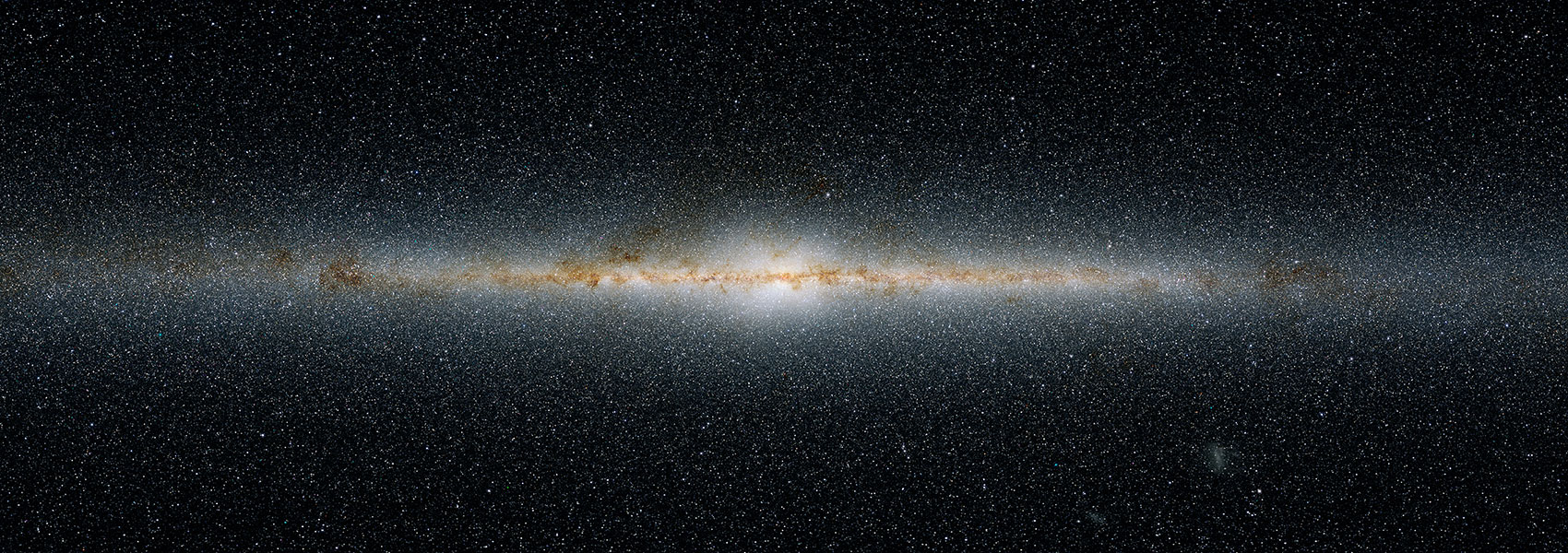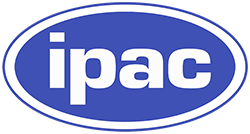April
2025
•
2025ApJ...982...79B
Authors
•
Burgasser, Adam J.
•
Schneider, Adam C.
•
Meisner, Aaron M.
•
Caselden, Dan
•
Hsu, Chih-Chun
•
Gerasimov, Roman
•
Aganze, Christian
•
Softich, Emma
•
Karpoor, Preethi
•
Theissen, Christopher A.
•
Brooks, Hunter
•
Bickle, Thomas P.
•
Gagné, Jonathan
•
Artigau, Ètienne
•
Marsset, Michaël
•
Rothermich, Austin
•
Faherty, Jacqueline K.
•
Kirkpatrick, J. Davy
•
Kuchner, Marc J.
•
Andersen, Nikolaj Stevnbak
•
Beaulieu, Paul
•
Colin, Guillaume
•
Gantier, Jean Marc
•
Gramaize, Leopold
•
Hamlet, Les
•
Hinckley, Ken
•
Kabatnik, Martin
•
Kiwy, Frank
•
Martin, David W.
•
Massat, Diego H.
•
Pendrill, William
•
Sainio, Arttu
•
Schümann, Jörg
•
Thévenot, Melina
•
Walla, Jim
•
Wędracki, Zbigniew
•
Backyard Worlds: Planet 9 Collaboration
Abstract
•
We report the results of a spectroscopic survey of candidate T subdwarfs identified by the Backyard Worlds: Planet 9 program. Near-infrared spectra of 31 sources with red J ‑ W2 colors and large J-band reduced proper motions show varying signatures of subsolar metallicity, including strong collision-induced H2 absorption, obscured methane and water features, and weak K I absorption. These metallicity signatures are supported by spectral model fits and 3D velocities, indicating thick disk and halo population membership for several sources. We identify three new metal-poor T subdwarfs ([M/H] ≲ –0.5), CWISE J062316.19+071505.6, WISEA J152443.14‑262001.8, and CWISE J211250.11-052925.2; and 19 new "mild" subdwarfs with modest metal deficiency ([M/H] ≲ ‑0.25). We also identify three metal-rich brown dwarfs with thick disk kinematics. We provide kinematic evidence that the extreme L subdwarf 2MASS J053253.46+824646.5 and the mild T subdwarf CWISE J113010.07+313944.7 may be part of the Thamnos population, while the T subdwarf CWISE J155349.96+693355.2 may be part of the Helmi stream. We define a metallicity classification system for T dwarfs that adds mild subdwarfs (d/sdT), subdwarfs (sdT), and extreme subdwarfs (esdT) to the existing dwarf sequence. We also define a metallicity spectral index that correlates with metallicities inferred from spectral model fits and iron abundances from stellar primaries of benchmark T dwarf companions. This expansion of the T dwarf classification system supports investigations of ancient, metal-poor brown dwarfs now being uncovered in deep imaging and spectroscopic surveys.
Links


.png?1523393848)

